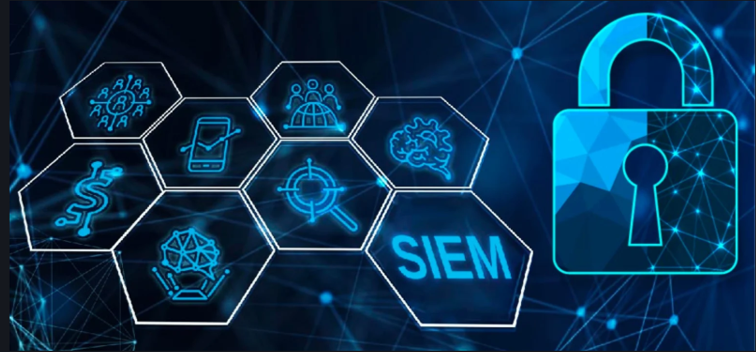
Introduction
Modern businesses face an increasing volume of cyber threats. Security Information and Event Management (SIEM) systems provide essential tools for threat detection, incident response, and compliance monitoring. Different industries, however, have distinct requirements shaped by their unique operations and regulations. This guide explores the SIEM needs of key sectors to help organizations make informed decisions.
SIEM Requirements in Healthcare
Healthcare organizations manage sensitive patient data, making them a prime target for cyberattacks. SIEM systems in this sector must prioritize compliance with regulations like HIPAA. They should also offer robust data encryption, access controls, and real-time monitoring.
Healthcare networks often integrate diverse devices, from electronic health records (EHR) systems to IoT-enabled medical equipment. SIEM tools must provide seamless integration and device visibility. Additionally, automated incident response capabilities are crucial to minimize downtime and protect patient safety.
Key features for healthcare SIEM include:
- Customized compliance reporting
- Alerts for unauthorized data access
- Anomaly detection for insider threats
Effective SIEM deployment in healthcare not only ensures regulatory compliance but also enhances patient trust and operational resilience.
SIEM in Financial Services
Financial institutions handle vast amounts of sensitive data, from transaction details to personal information. A robust SIEM system is essential for addressing PCI DSS compliance and mitigating insider threats.
Threat actors frequently target banks and other financial entities, using sophisticated methods to breach security. SIEM tools should provide advanced threat intelligence and correlation capabilities. This helps detect patterns that indicate fraud or unauthorized access.
Features to look for include:
- Real-time fraud detection
- Advanced log analysis for anomaly detection
- Customizable compliance dashboards
A tailored SIEM solution strengthens financial institutions against data breaches and ensures uninterrupted service for clients.
Retail Industry SIEM Needs
Retailers operate in a high-stakes environment with constant transactions and evolving consumer expectations. This makes cybersecurity a critical concern, especially for protecting payment systems.
SIEM systems in retail should focus on securing Point-of-Sale (POS) devices and complying with standards like PCI DSS. They should also guard against supply chain attacks, a rising threat in this sector.
Key functionalities include:
- Monitoring payment gateways for anomalies
- Threat detection for e-commerce platforms
- Ensuring data privacy compliance
Retailers benefit from SIEM solutions by reducing fraud risks, building customer trust, and maintaining compliance with regulations.

SIEM for the Education Sector
Educational institutions handle a wealth of personal and academic data. This makes them a target for cyberattacks aimed at stealing sensitive information or disrupting services.
SIEM tools in this sector should emphasize network security and data protection. They also need to address compliance requirements like FERPA in the U.S.
Critical capabilities include:
- Network activity monitoring for unusual behaviors
- Protecting cloud-based learning platforms
- Automated responses to phishing attacks
A robust SIEM solution ensures a secure learning environment while safeguarding sensitive student records.
Manufacturing Industry SIEM
Manufacturing enterprises face unique challenges, including protecting intellectual property and securing IoT devices. A breach could disrupt operations or result in significant financial losses.
SIEM tools must provide real-time monitoring for industrial control systems (ICS) and other IoT-enabled devices. They should also ensure compliance with industry standards and address risks specific to supply chain vulnerabilities.
Key features include:
- IoT device visibility and security
- Early detection of insider threats
- Comprehensive reporting for compliance audits
Investing in a suitable SIEM system boosts operational security and reduces risks to valuable assets.
Conclusion
Each industry faces distinct cybersecurity challenges, requiring tailored SIEM solutions to meet their needs. By understanding these requirements, organizations can select tools that not only ensure compliance but also enhance overall security. A well-implemented SIEM system is a crucial investment in safeguarding both data and operational integrity.
Thanks & Regards
Ashwini Kamble







